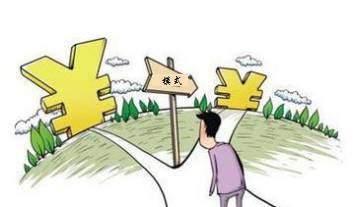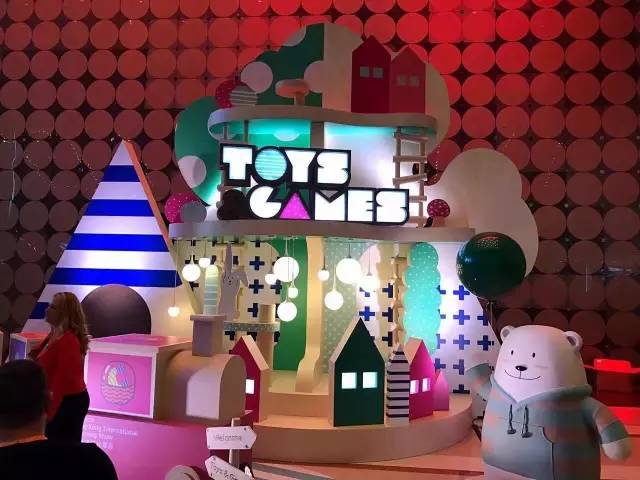Let's first say that all three brands have their own characteristics! Different characteristics of the three types of brands According to the level of distribution gross profit, toys can be roughly divided into three categories, we may wish to call it a first-line brand, a second-line brand and a third-line brand. First-line brands generally refer to international or domestic well-known toy brands! Generally speaking, the return on investment of first-line brands is not high. The common one is the “6+1†or “7+1†profit model, which means 6%~7% of gross profit, 1% annual rebate, and the highest distribution profit. Generally under 11%, some brands may also implement a non-return policy. After deducting the cost of warehousing and distribution, staff salaries, expenses, losses and taxes, there is little net profit left. However, the first-line brand has many advantages : the first-line brand has strong brand support, the products sell well, and the factory provides a huge terminal market maintenance team. The dealers operate this brand more worry-free; Dealers can obtain shorter billing or even cash settlement conditions from downstream distributors, with rapid capital turnover and basically no operational risks; large turnover, regional market annual turnover ranging from several million to several hundred million. First-line brands are usually “not sold†on the channel, and dealers can use it to quickly establish a sales network, and can also obtain preferential store trading conditions. Second-line brands usually refer to brands that have high product quality and do not have large-scale brand operations, but provide active and skilled channel promotion support. The return on investment of second-line brands is relatively high , usually between 20% and 30%. The characteristics of second-line brands are as follows: brand awareness is generally low, and some are characterized by regional brands; there is no end market maintenance team or a small number of teams, terminal maintenance work is undertaken by dealers, and distribution gross profit includes approximately business Terminal maintenance cost of 1%~1.5% of the amount; The second-line brand can also obtain higher turnover, and the regional market annual turnover can reach several million or more; the second-line brand products have a long payment period in modern channels, which requires large funds, and the dealers must bear the corresponding banks. Interest; the market management level is low, not standardized, and the requirements for dealers are higher. The third-line brand basically has no visibility. They generally target the low-income group or some small markets, or hit the market with prices that are much lower than the first- and second-tier brands of similar products. The characteristics of the third-line brand are as follows: the brand has low visibility, the price is opaque, and the gross profit of distribution can reach 30%~50%. Because the quality is relatively low, and there is no good market planning, the turnover is generally small, the regional market year The turnover is between several hundred thousand and millions; it is prone to slow sales, and the return and loss are also large; the dealers have to bear the risk of market input costs; the product has a short life cycle. Dealers operating a three-line brand have certain risks, but because the distribution gross profit is as high as 30~50%, it presents the scene of “infinite scenery in the dangerous peakâ€. Some dealers have exerted their keen market observation ability to find products that can meet the needs of the local market in the vast number of third-line brands, and they have been able to achieve a “short and fast†operation. To operate a third-line brand, it is necessary to continuously eliminate products and introduce new products to solve the problem of short product life cycle. Dealer's best product model Let's first analyze the return of each of the millions of liquid funds invested in each of the three types of brands. Invest in first-line brands: Assume that the gross profit of distribution is 7%. Take the typical storage and sales method as an example, the distribution cost is 2%, the staff salary is 1.2%, the management fee is 0.3%, the loss is 0.2%, the tax is 1.4%, and the monthly interest is 0.5%. Assume that the payment period is 15 days, regardless of the in-transit factor of the payment, it can be rotated twice a month. The monthly net profit is: (7%-2%-1.2%-0.3%-0.2%-1.4%-0.5%)×1'000'000×2=28'000 yuan. Investing in second-tier brands: Assume that the gross profit of distribution is 15%. The distribution cost is 2.5%, the staff salary is 1.2%, the management fee is 0.4%, the loss is 0.3%, the tax is 1.8%, and the monthly interest is 0.5%. Assume that the settlement period is 60 days (different regions and different stores), regardless of the factors in the way of payment, two months can be turned over once. The monthly net profit is: [(15%-2.5%-1.2%-0.4%-0.3%-1.8%)/2 months-interest 0.5%]×1'000'000.=39'000 yuan. Investing in third-line brands: Assume that the gross profit of distribution is 30%. The distribution cost is 3%, the staff salary is 1.5%, the management fee is 0.6%, the loss is 1.5%, the tax is 2.2%, the monthly interest is 0.5%, and the market input cost is 6%. Assume that the settlement period is 75 days (different regions and different stores), regardless of the in-transit factor, two and a half months can be turned over once. The monthly net profit is: [(30%-3%-1.5%-0.6%-1.5%-2.2%-6%)/2.5 months-interest 0.5%]×1'000'000=55'800 yuan. From the above analysis, we can find that the investment in the first-line brand is the least. The second-line brand is invested separately. Although the settlement period is extended, the monthly income is higher. The monthly investment of the third-line brand is the highest. In fact, if a distribution company operates a third-line brand separately, although the revenue is the highest, sales are very unstable, and it is difficult to establish influence on the channel. Negotiations with the store are always at a disadvantage. Frequent products "sudden death" will bring great harm to the stable operation of the company. Separately operating second-tier brands, although the stability of revenue and sales is relatively high, it requires a lot of money. Operating a first-line brand alone, despite the lack of sales, the risk is not large, but the income is not high. Therefore, if a distribution company selects several brands for the above three types of brands and combines them, it can complement the advantages of the three types of brands, reduce the opportunity cost, and achieve the best income and operational stability. Mission in this business portfolio The task of the first-line brand : bear the basic operating costs of the enterprise and ensure the normal survival of the enterprise; negotiate with the second and third-line brands to negotiate with the store, and improve the trading conditions of the second and third lines, such as shortening the account period, reducing the fixed monthly deduction and the annual deduction. Assist second- and third-line brands to quickly cover sales networks; dilute distribution costs, wages, and management fees for second- and third-line brands. There is also a certain net profit contribution. The task of the second-line brand : After the first-line brand bears the basic operating costs, the second-line brand becomes the mainstay of profit; the first-line brand has a large amount of sales, and the distribution company has a large number of personnel, warehouses, vehicles, etc. to meet its operational needs. The reason for losing the distribution rights has become a heavy burden. At this time, the second-line brand can guarantee the normal survival of the enterprise, strengthen the ability of the distribution enterprise to resist risks; provide the terminal market maintenance team for the third-line brand. The task of the third-line brand : the first- and second-line brands as the backing, the third-line brand further increase the profit rate, just pay attention to the loss control to generate a very high profit. Because the turnover of single-line brands is small, the sales weight cannot be too large. Otherwise, it is easy to cause management problems due to excessive single items, but reduce profitability. Generally speaking, a toy distributor with better development, the sales weight of the first, second and third-line brands is controlled at 40%, 40% and 20% as the best product management mode. At this point, the investment income per million funds can reach about three times that of the first-line investment alone. Specifically, the brand number is 1~2 for the first-line brand, 4~6 for the second-line brand, and 5-8 for the third-line brand. Source: Sugar, Tobacco and Alcohol Weekly (Article changed) Pots And Pans Set,Stainless Steel Cookware,Stainless Steel Cookware Set,Best Stainless Steel Cookware SUZHOU JIAYI KITCHENWARE TECHNOLOGY CO.,LTD , https://www.jiayikitchenwares.com



Why do toy dealers love small brand toys?